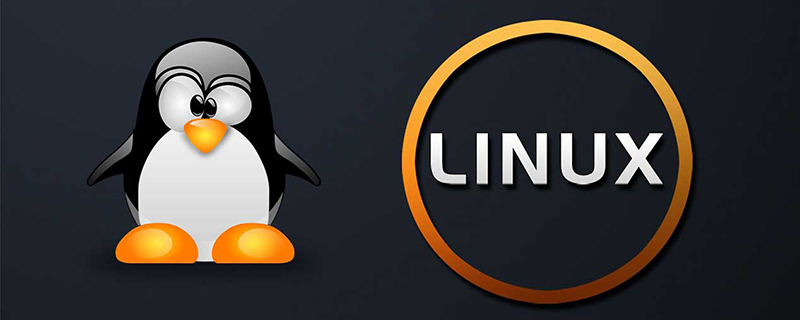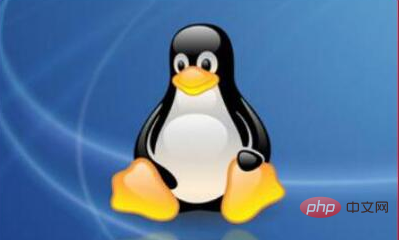Home > Article > Operation and Maintenance > Introduction to the differences between various linux systems

1. Ubuntu
Ubuntu is well known as the best LinuxServerDistro, which can provide you with an excellent user experience.
If you are new to the Linux world, it would be best to choose Ubuntu as your server distribution. Using this server you can do anything like starting a web server, deploying containers, etc.
It is perfect as a media server, email server or game server.
2. CentOS
CentOS is one of the best Linux server distributions used in the world, accounting for 30% of the world's Linux servers. It is a derivative of RedHat EnterpriseLinux and provides a stable server environment.
Recommended video tutorials related to Linux: linux video tutorials
3. Debian
Debian is known as the king of Linux distributions and is currently the most popular Linux server distribution. It was originally launched in 1993. It is the most commonly used Linux server, even Ubuntu is based on Debian.
It provides various package managers, various API tools, etc. You will notice that the server using it is more secure and stable. Now let us see its useful features.
4. OpenSUSELeap
OpenSUSE is one of the most commonly used Linux server operating systems first introduced in 1993.
There are two main variants of OpenSuse, they are Leap and Tumbleweed. OpenSUSELeap is the most stable. This server can be easily used as a web server, home server and both. Versatility features are very useful in any server distribution.

5. Fedora
Fedora is one of the best Linux server distributions, which contains experimental technologies developed for commercial Linux distributions. For users who are new to the Linux world, this is a completely new Linux server operating system. It supports various desktop environments, including Gnome, KDE, etc.
6. RedHatEnterpriseLinux
RedHatEnterpriseLinux is one of the most popular Linux server operating systems, and almost all Linux components and various software can be easily used on it. Additionally, 500 companies worldwide use its services. There are various servers on it, such as production servers, enterprise servers, etc.
7. OracleLinux
OracleLinux is one of the best Linux server distributions.
There are two kernels in Oracle, one is RedHat compatible kernel (RHCK) and the other is RedHat Enterprise Linux (RHEL). Both systems work well with different hardware, such as Lenovo, HP, IBM, etc.
8, Mageia
If you are looking for a safe and stable Linux server, Mageia will be your best choice.
It was first released in 2010 and now it is a fork of Mandriva. Mageia includes some of the best desktop environments such as GNOME, KDE, LXDE and Xfce.
9. ArchLinux
ArchLinux is a more flexible platform and is very popular among users. It is a fully customized Linux distribution that comes with some great features. Administrators can use it to quickly set up server applications as it provides a flexible and stable environment.
10. Slackware
Slackware is a long-standing Linux server distribution that will ensure you stability and simplicity, first released in 1993.
Slackware is a very lightweight Linux server, which is why it mainly uses Pentium systems. Slackware comes with XWindow system, Web server, mail server, C++ and news server.
Recommended related articles and tutorials: linux tutorial
The above is the detailed content of Introduction to the differences between various linux systems. For more information, please follow other related articles on the PHP Chinese website!